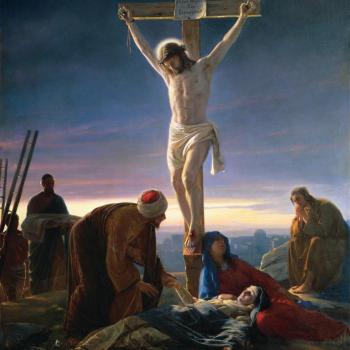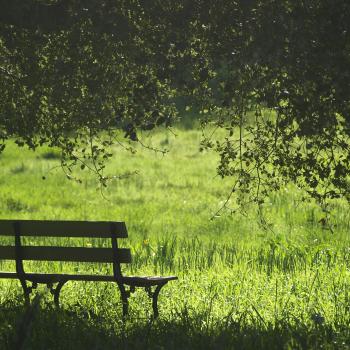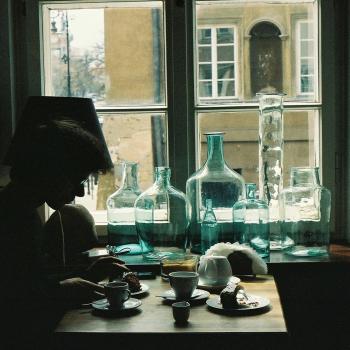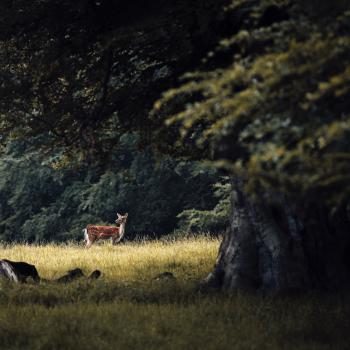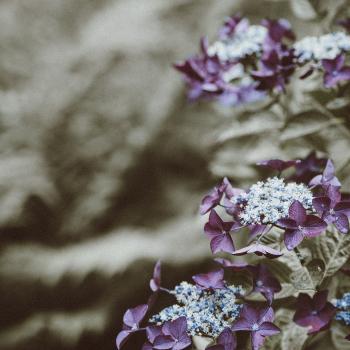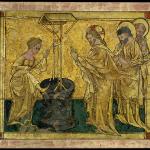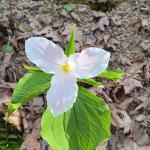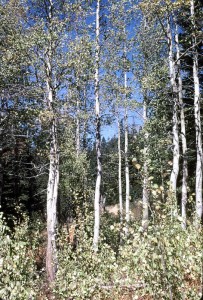 Spring in the Methow Valley of Northeastern Washington comes quietly, a gradual warming, winter grass rustling with the breezes carrying promise of new life. I am here for my first spring, though I’ve been here often winters, occasional summers and falls. I’ve never seen the opening here, the uncovering of so much asleep, the pale yellow winter grass so thick it seems nothing green will come again, that all is lost.
Spring in the Methow Valley of Northeastern Washington comes quietly, a gradual warming, winter grass rustling with the breezes carrying promise of new life. I am here for my first spring, though I’ve been here often winters, occasional summers and falls. I’ve never seen the opening here, the uncovering of so much asleep, the pale yellow winter grass so thick it seems nothing green will come again, that all is lost.
I head out for a hike along Virginia Ridge toward Mt. Gardner. Amidst the dead grass and dry pine needles, the cones of the Ponderosa along the trail, flash improbable patches of color: tiny pink blossoms, other small yellow and blue flowers, and yellow daisy-shaped blooms. They come out of nowhere, these glimpses into spring and the life that is growing under the surface. I’m new to this valley in the spring; I do not know their names.
How important it is to know names—is it enough to simply notice, to take the time to pay attention? There are birds here I don’t yet know, though I looked up the mountain bluebird the other day. He is common in areas of forest opening to meadow, where we are staying. Hanging up a hummingbird feeder, we’ve had several visitors with backs shining orange and green. I know they are hummingbirds, but not which kind.
So much is happening around me. I am not equipped to understand. It is not enough to notice. I need to meet and learn this world, to know it, to be saturated in beauty.
My husband and two young sons have left me alone to write for a bit. I am supposed to meet them outside for a walk to Wolf Creek. I call to them in the chill spring breeze, search the open woods but see nothing, hear nothing. Finally, part annoyed and part concerned, I head down the hill toward Wolf Creek.
I hear it well before it comes into view, a stream rushing with the snow melt from the high peaks of the North Cascades. I scramble down the steep slope leaning back into the mountain for balance, looking around to keep my bearings: in the gully behind me are two long dead ponderosa pines, their grey trunks pointing toward each other and upward like an arrow. A marker I can follow when I need to go back. At the bottom of the gorge, water crashes over rocks, swirling around fallen trees, pools deep and clear and marked only by the boil of current.
Climbing back the hill is steeper than I’d estimated on descent; I take a low angle up the gorge. Soon I stumble across a social trail, whether made by animals or people it is impossible to tell, but given the remoteness of the area, the former seems likely. Large fauna of the Methow Valley include deer, bear, and cougar. All would find the water sources here.
I follow the path for several yards until it disappears beneath a fallen tree, and pick up another just uphill. It disappears too and I find another and another and then pick my way slowly through the pine-needled steepness toward the light at the top of the gorge.
I come out much further downhill than my entry to the gorge; my way home takes me past a stand of aspen in a small depression. They grow close to water, and it seems likely there is an underground stream nearby. Where most of the forest is free of tangled underbrush, the stand of aspen is crowded with still barren plant life. There is only the slightest breeze, and the winter grass and dead leaves, the bare branches of aspen, are whispering. It is an eerie sound, a sound alive and possible and unknown.
A large sleek shape appears at the corner of the small settler’s cabin at the edge of the copse. I watch it stop, knowing its surroundings so intimately, it senses my presence even at a distance. It is a marmot, fat and smooth, and in a quivering instant it disappears.
The squirrel on the tree trunk ahead of me stops and watches me. The sound in the trees, in the air, continues. I think I hear my son’s voice amid the whisper of aspens and my skin prickles.
Last week while attending the Calvin Festival to give a presentation on writing as lament, I heard Christine Byl talk about her writing and work in the Alaska wilderness, my other love. She took issue with the idea of nature writing.
“Nature—what is that?” she asked. Metabolism is nature. Our bodies fatigued and hungry after a long day’s work—that’s nature. We are not separate from it. We are a part of it.
I thought hearing the high sweet sound of my son’s voice in the middle of those trees that if something had happened— had something happened—the squirrel would go on with its quick starts and stops, the aspens would keep whispering. We are a part of this nature, living or dead.
I have written—and I talk—about the requirement that we live Good Friday before we can live Easter. I am writing something new now, about war, and about the things we see and learn that we cannot move through. There are some things we cannot let go. What of these things?
There is movement through the valley, even in our hardest times, and this is a hard thing to learn, and to do. But perhaps harder is to live in the tension, the tension that must at once hold Good Friday and Easter, the greatest sorrows and terrors, the greatest joys.
Theologian Paul Tillich talks of living in the tension between the self and the other. The tension I think is harder to hold is that of horror and transcendence: a tension that somehow must still bring light.
I walk uphill and I hear my sons’ voices, both of them. I call out, and look ahead to see my husband and the boys. I leave the whispering behind, and we walk to the cabin together.
Shannon Huffman Polson is the author of North of Hope: A Daughter’s Arctic Journey. Her essays and articles have appeared in a number of literary and commercial magazines including High Country News, Huffington Post, Cirque Journal and Alaska and Seattle Magazines. She can be found writing or with her her family in Washington State or Alaska, and always at her website, Facebook, and Twitter.





